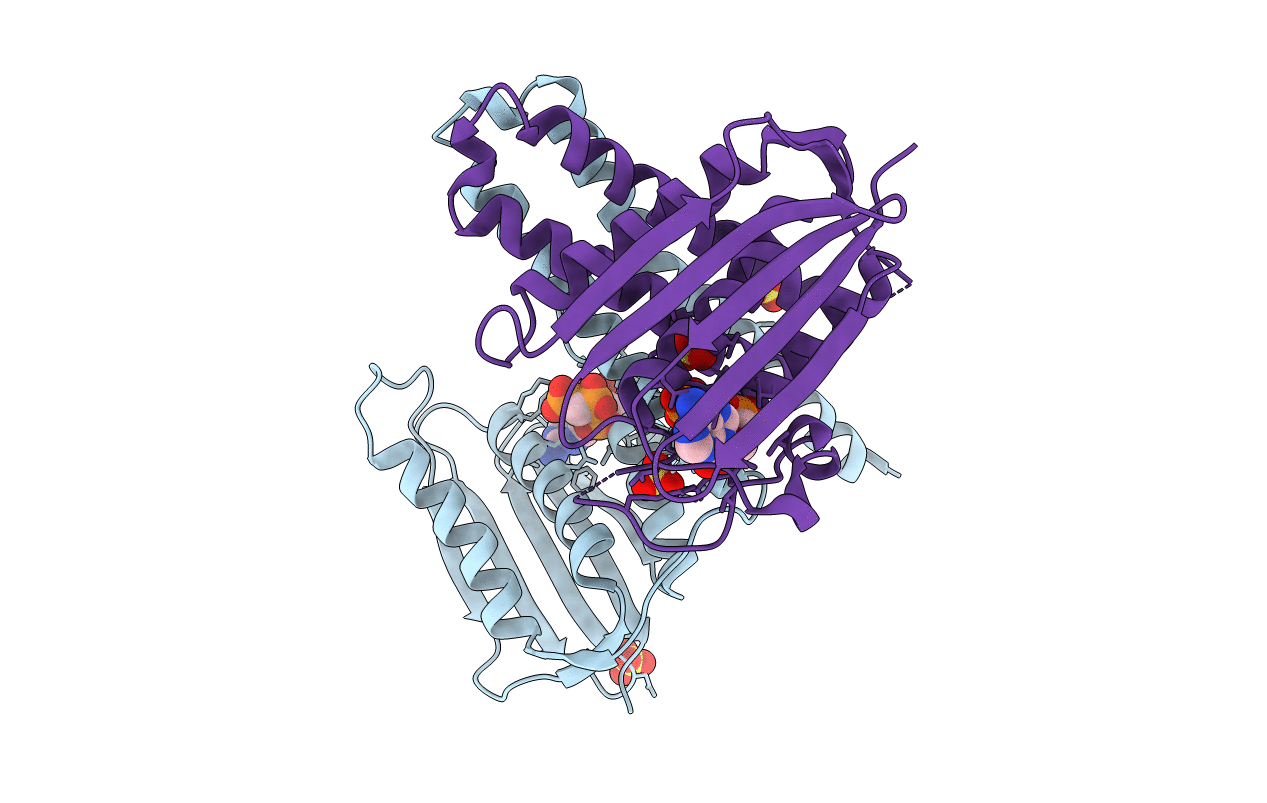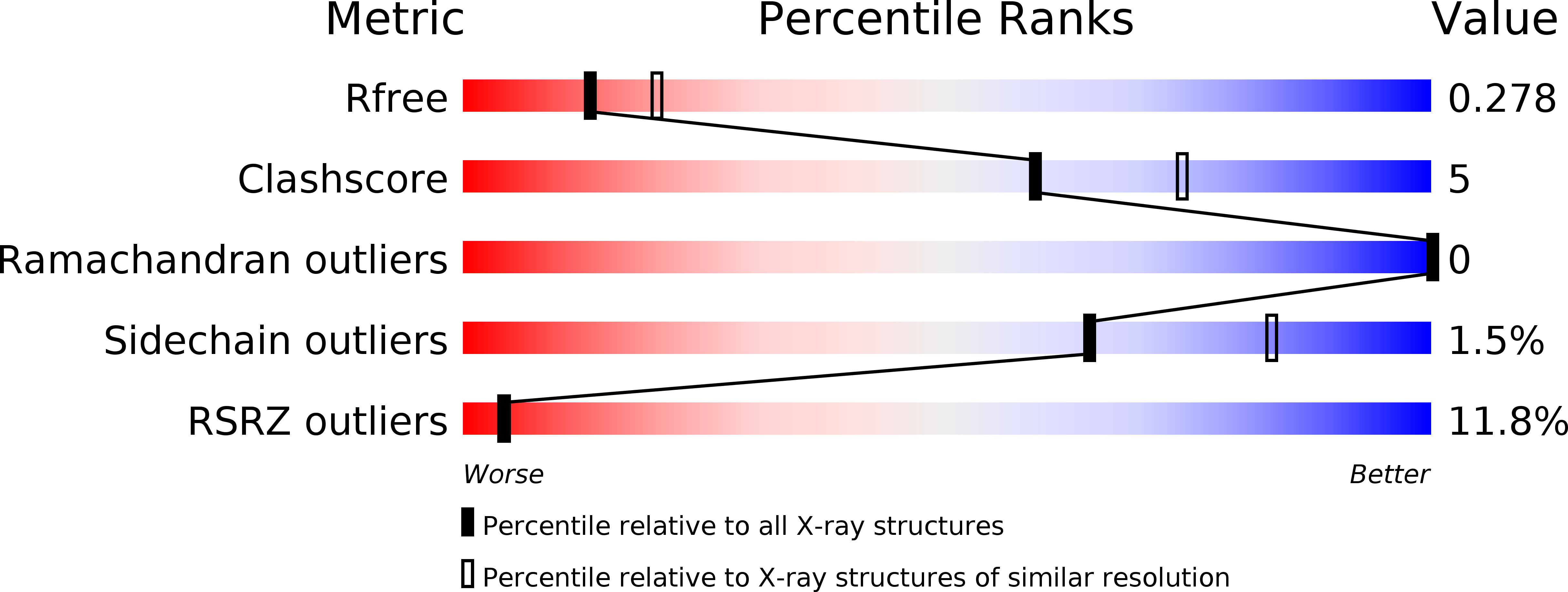
Deposition Date
2015-06-26
Release Date
2016-07-27
Last Version Date
2023-11-08
Entry Detail
Biological Source:
Source Organism:
Lactobacillus plantarum 16 (Taxon ID: 1327988)
Host Organism:
Method Details:
Experimental Method:
Resolution:
2.52 Å
R-Value Free:
0.27
R-Value Work:
0.21
R-Value Observed:
0.22
Space Group:
P 21 21 21


